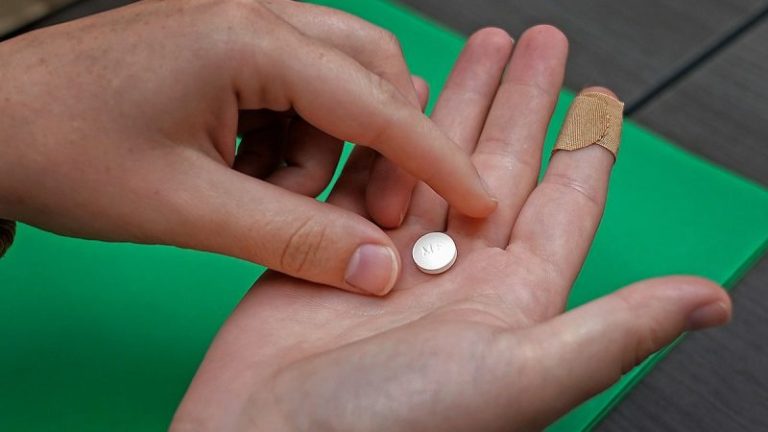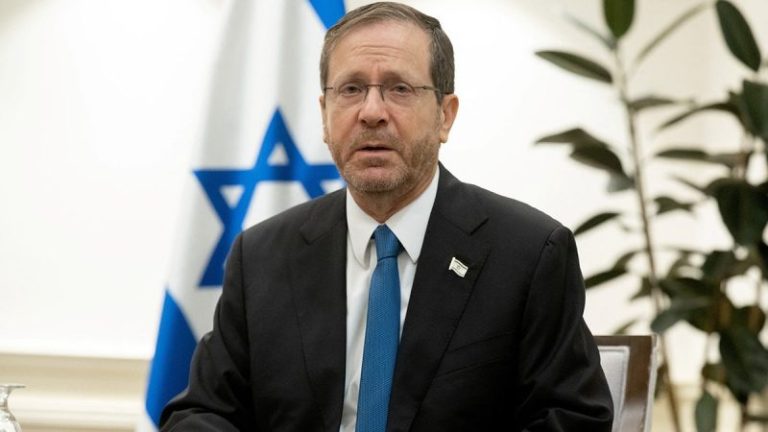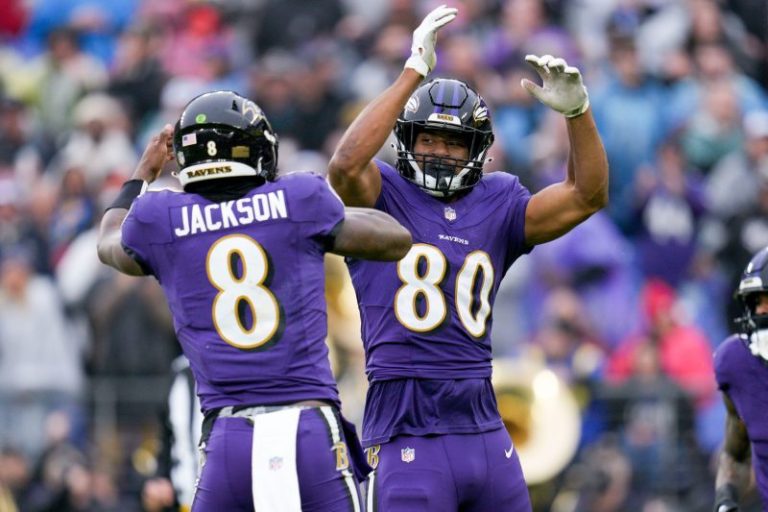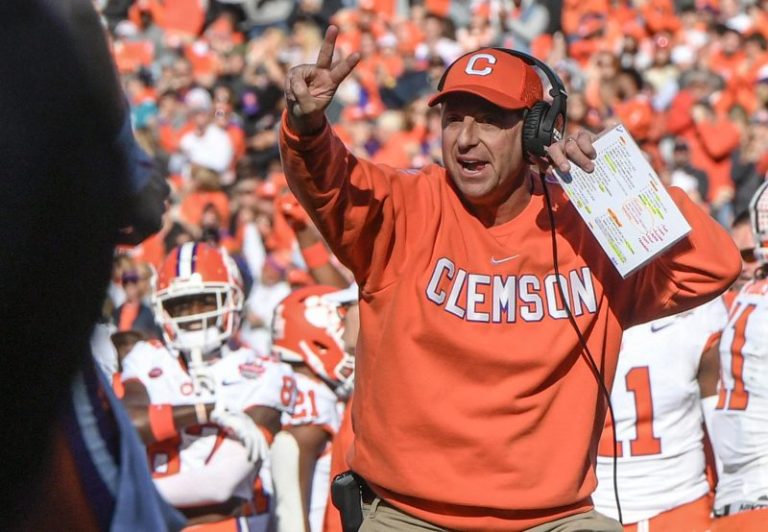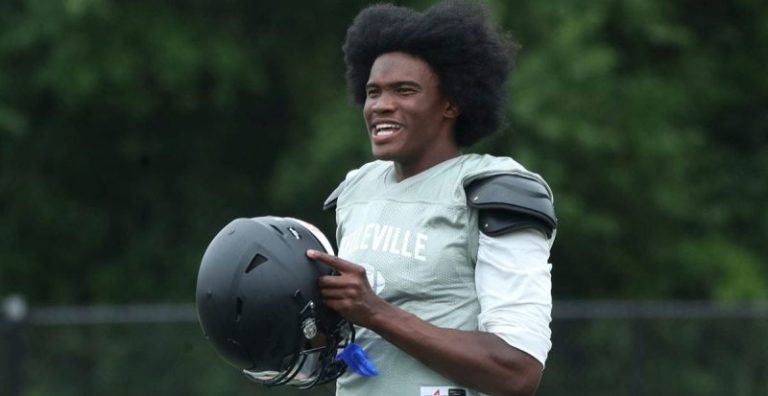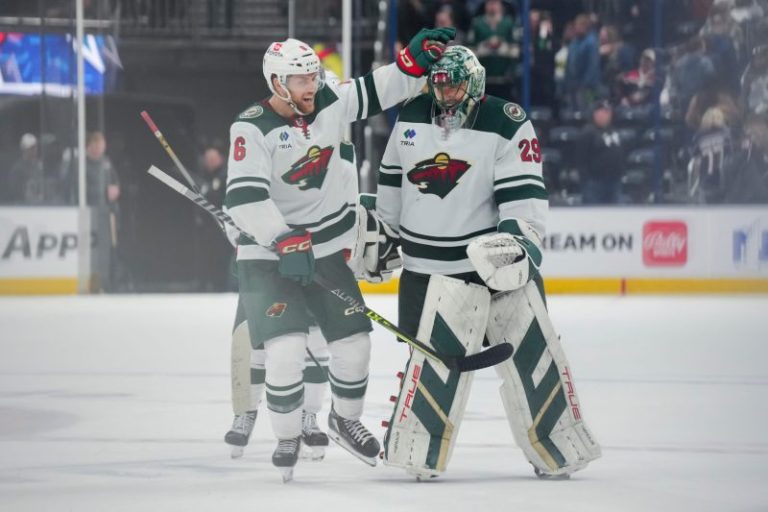We are settling into a new year at work and school. For sports parents, it’s also a fresh time to think about goals to help our kids have the best possible experience with a team.
Whether your child is in grade school or high school, he or she is likely playing on a travel team, or you are at least considering it. What does a “travel” team mean?
My older son’s first travel baseball coach (who now coaches my younger son) once described our 9-year-old team as embarking on a figurative trip. While we weren’t going to play in any overnight tournaments yet, the “travel” clarifier was meant to describe the journey we were undertaking.
It’s a journey, all right. Your child is likely to spend hours per week with their teammates, and you will see of lot of their parents. And yes, you will likely go to a games and tournaments a fair distance from your local area and sometimes stay overnight.
Travel sports, in some cases known as “club” sports, can be fulfilling and lead to a kid’s overall enjoyment and development. They can be springboard to high school and college athletics.
Sometimes, though, they can be a toxic experience where a coach plays favorites, certain players get disproportionately more playing time than others and team parents in the bleachers yell at the referees or umpires.
COACH STEVE: Do you cheer for your kid the right way? Use these better options
There may not be an ideal situation for your kid’s travel team but, whether your child is casual or super serious about a sport, you can usually find a good fit.
If you are thinking about trying out travel sports, or if your child has been doing them for a while and is looking for a new team, here are some important factors to consider from youth through high school.
The youth ages: You may not need a travel team
Don’t fall into the trap. Travel ball for pre-middle school kids is not a make-or-break step for a kid achieving success at a sport in high school and beyond.
Travel teams at these ages are often more about affirmation of kids’ “unique” abilities for their parents. Travel sports, and really sports at any level, should be about the kids, not the parents.
If your son or daughter expresses their own interest (not just your interest) in trying out for a travel team at a young age, go for it. However, keep a few thoughts in mind:
Don’t play on a team that meets every day or requires you to play only that sport: It’s too early for this much intensity. Medical and athletic training experts agree that exposing kids to a variety of sports at an early age and allowing them adequate rest time in between promotes strong physical and mental health.Don’t be discouraged if you are cut from a travel team: It means little. In fact, it might motivate your child to try and get better on his or her own.You don’t have to be on the “best” team: What your child ultimately needs is reps.
You’ll find there are travel coaches and teams that overemphasize winning, even from the youngest of ages. But balancing winning with skills development is a more productive way to go for keeping a kid playing a sport.
No one wants to lose all the time. It’s demoralizing, as is driving your kids an hour each way to games where their team consistently loses. You want to find a team that wins some, but, more importantly, gives them the playing time and experience they need to get better.
No players should consistently be sitting on the bench, and no one should be restricted to one position. You want your child to develop confidence in a variety of roles.
Playing in recreational leagues, such at Little League, often give your kids the same benefits as travel teams at these ages. Rec leagues generally cost much less (maybe a couple hundred dollars as opposed to a couple thousand or more per season) and you can supplement them by working with your kid on your own. (That’s a a terrific way to bond with your child, by the way). You might also find a relatively low-cost clinic run by a high school or college coach or former professional athlete that emphasizes skill development balanced with fun.
Whatever you are doing, if your kid isn’t having fun, it’s not worth your time.
The intermediate ages: Follow your kids’ enthusiasm (and their growth spurts) to find a travel team
Travel teams at the middle school ages are generally made up of kids who want to play that sport in high school.
Your son or daughter should find a team where they get mostly equal playing time with the other players. These teammates, and your opponents, should be at a similar skill level. However, playing competitive games with and against kids a little more skilled than yours will only make them better.
Game exposure – taking a lead off first base with the pitcher watching you, sensing the guard coming from behind you to try and steal the ball or the boards looming next to you when you’re skating toward the puck – brings out a player’s competitiveness. You’ll know during this stage how serious your kid is about a sport.
Improvement can move at light speed at these ages as kids grow and are motivated to get better when they see progression. Like with a musical instrument, the amount of practice your child puts in away from official practices will ultimately determine how much he or she improves. Yes, there will still be kids who are naturally talented, but you’ll be amazed at who starts passing whom when kids’ true passion for and ability at a sport kicks in.
Still, don’t play this sport year round. Try a different one for fun during the offseason to rest, avoid burnout and promote overall athleticism. (High school and college coaches love athletic players.) Perhaps you play a sport like baseball or soccer that competes in the fall and spring and has once-a-week winter weight training session. You can supplement that training by playing an indoor sport like basketball.
Finally, know what you are getting into and heed the cost. Travel teams can occupy several weeknights with practice and eat up most of your weekends with games.
If your child isn’t serious about playing a sport in high school but still loves it, play in a recreational league. You also might find a lower-key (and hopefully less expensive) travel team.
If cost is an issue, however, and your kid is highly motivated to play travel, a team might be able to work with you at reducing the fee. It never hurts to ask.
The high school ages: Self-motivation drives success on travel teams
This is the proving ground. Travel players at the high school level are usually serious about playing in college. (And there are generally no parent-coaches around to coddle you.)
Travel teams should not conflict with the high school season. You want them to be an accompaniment to a high school team to get the most out of your young athlete. My older son, for example, plays for his travel baseball team in the summer and fall and his high school baseball team in the spring.
High school-level travel teams are generally geared toward getting kids into college programs. If your child makes one of these travel teams, expect he or she to get similar playing time to the other kids so they can showcase their abilities to college coaches. If your kid isn’t playing regularly, it’s not worth your time.
Teams that represent high schools, however, are generally geared toward winning. Your child will have to earn his or spot and playing time on the team. The goal is to beat the neighborhood or district rival, and high school coaches play the best players most of the time to try and achieve it. Don’t expect equitable playing time.
You need to be realistic with yourself and your kid at this stage. If he or she is not self-motivated to practice, condition and strength and weight train (high schools can provide programs), they aren’t likely to get much playing time on a high school team. Similarly, if you see little or no self-motivation in your child to work extra at a sport, you don’t want to spend your money on a travel team.
Rec teams, however, still exist at the high school level, and they can help maintain fitness and a love for a sport. If you have that love, you might even consider coaching a youth rec team when you’re in high school.
A note on bad coaches: You have the power to choose a better one
The coach can make or break the experience. Make a firm assessment before you kid begins playing for his or her travel team.
I found when my sons reached middle school, they responded and related better to younger coaches who played the sport in high school and/or college than to me and other parent coaches.
Regardless of age, look for a coach who is transparent with parents but also discourages them from getting too heavily involved in the inner workings of the team. You also want a coach who doesn’t permit spectators to “coach” their own kids from the stands during games.
Ask the coach about his or her policy on parent interference. At the very least, doing so will alert the coach to think about how to deal with meddlesome parents. You may even prompt he or she to call a preseason parent meeting to nip the issue in the bud.
COACH STEVE: Three steps to deal with a problematic coach
Once the season starts, look for potential warning signs about the coach’s own conduct and encourage your kids to talk to you about what they see. One parent in Northern Virginia told me her daughter has a youth soccer travel coach who has spoken to players in what the mother describes as a ‘borderline verbally abusive manner.’ The coach has even told players they shouldn’t tell their moms and dads what he is telling them.
The woman knows about the coach’s behavior because her daughter told her about it. The daughter learned, her mother said, that some adults make poor choices and that she needs to speak up for herself or tell her parents when something seems off.
This girl wasn’t one of the players who was singled out, though. The parents of those players apparently haven’t spoken up out of fear the coach will take it out on their kids.
If you are proactive about choosing your child’s travel coach and team, though, you can avoid being in a situation like this one.
Steve Borelli, aka Coach Steve, has been an editor and writer with USA TODAY since 1999. He spent 10 years coaching his two sons’ baseball and basketball teams. He and his wife, Colleen, are now loving life as sports parents for a high schooler and middle schooler. For his past columns, click here.
Got a question for Coach Steve you want answered in a future column? Email him at sborelli@usatoday.com.
This post appeared first on USA TODAY


